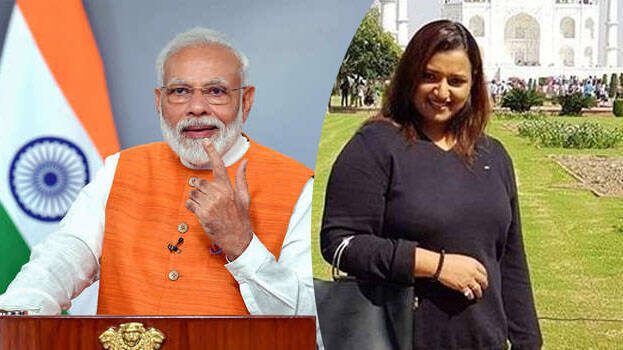

THIRUVANANTHAPURAM: On November 8, 2016, Narendra Modi conducted the first surgical strike on corruption, black money and fake money by banning Indian rupees in denomination of 1000 and 500.
The action was based on reports that fake notes and black money were being used to fund terrorism and other illegal activities in India. A major portion of this money was Rs 500 and 1000 currencies.
Indian Intelligence agencies had found out that Indian currency notes in denominations of Rs 500 and 1000 were being printed in secret presses in Pakistan’s Peshawar. The Pak government had presses for printing the notes using the ink and paper used in India.
With the demonetisation, the flow of such counterfeit notes got stalled but the perpetrators eventually started using smuggled gold for funding terrorism. It was also the beginning of good days for people like gold smuggling case accused Swapna Suresh.
The gold smuggling case got a new angle after the NIA submitted in the court in its report that the smuggled gold was also being used for funding terror activities in Kerala.
The character of the case totally changed after the UN also warned that ISIS terror outfits are active in India, awaiting for chain strikes in Kerala and Karnataka. And, before long Swapna was charged under UAPA.
The UN further warned that about 200 Al-Qaeda terrorists from Pakistan, Bangladesh and Myanmar are still there in Indian subcontinent and the ISIS is scheming terror attacks in India through them.